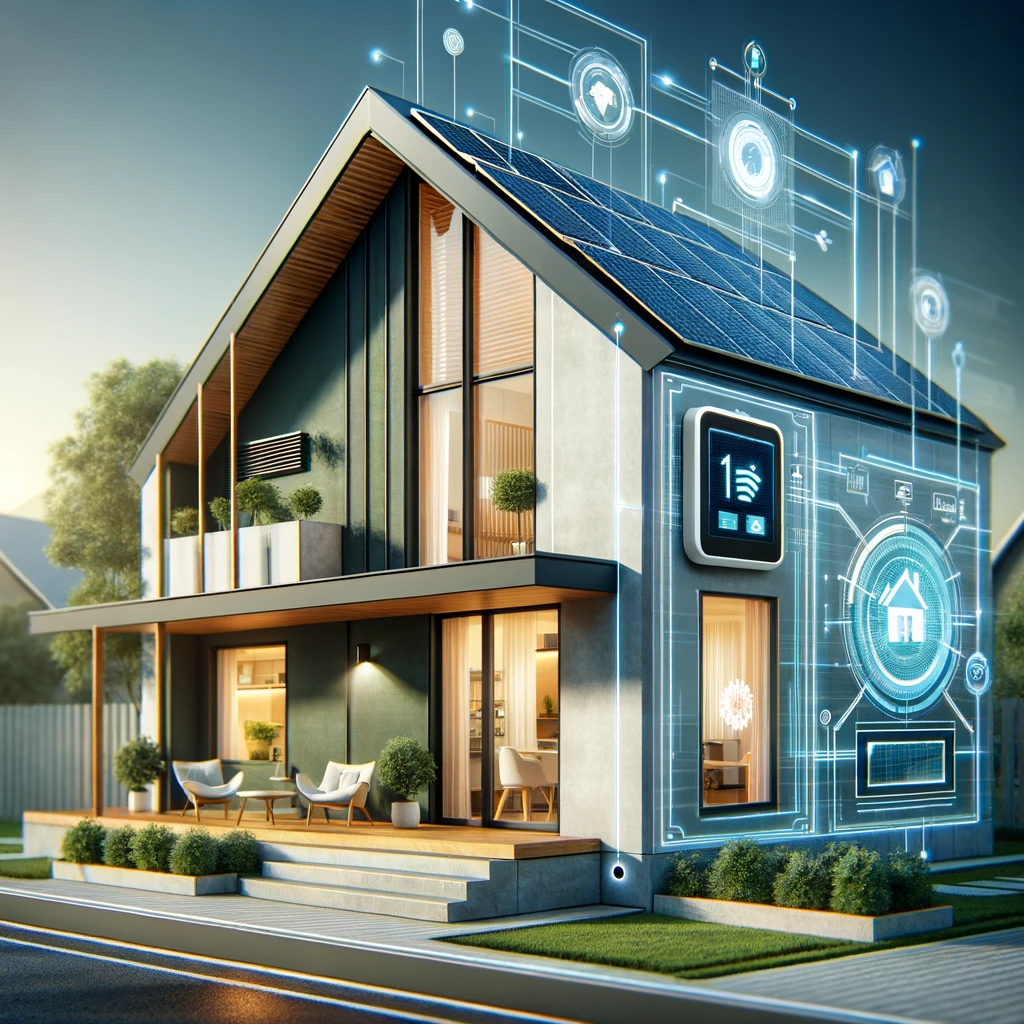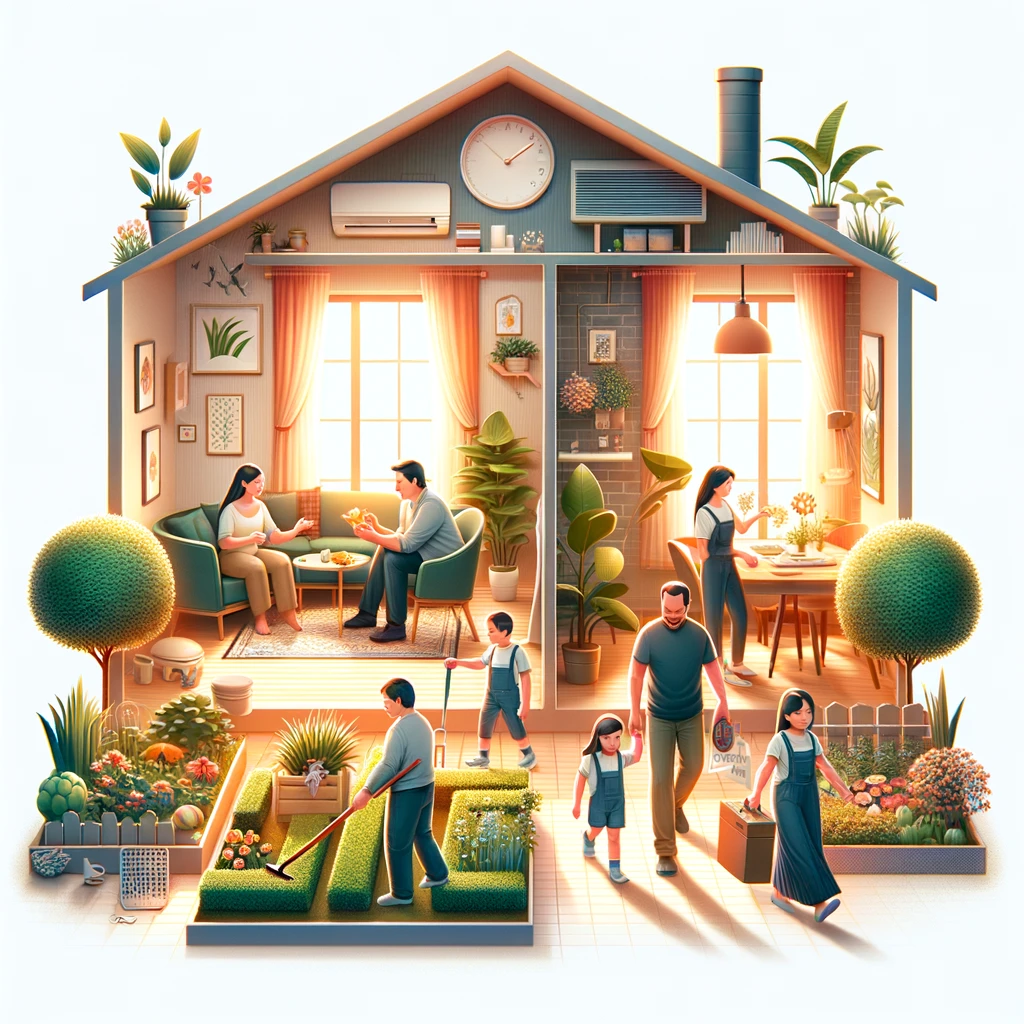The longevity of a house is influenced by many factors ranging from construction materials to environmental conditions and maintenance practices. We’ll explore what contributes to the lifespan of a home and how you can ensure its longevity.
The Foundation of Longevity: Construction Materials and Techniques
Materials: The Building Blocks of Durability The choice of construction materials plays a pivotal role in a home’s longevity. Wood, known for its versatility, requires regular maintenance to prevent issues like rot and termite damage. In contrast, concrete and steel offer increased durability and resistance to environmental stressors but may present higher costs or design limitations. Innovations in these materials have led to improved longevity, making modern homes more robust and long-lasting.
Building Techniques: Crafting Durability Modern construction techniques have significantly enhanced the structural integrity of homes. Techniques like improved insulation, advanced framing methods, and efficient design layouts contribute to the overall sturdiness and efficiency of the structure, extending its usable life.
Environmental Factors: The Role of Location and Climate

Climate’s Impact on Structural Integrity Different climates pose unique challenges to the structural integrity of homes. In humid coastal areas, homes face the risk of moisture-related damages, while homes in colder regions must be built to withstand heavy snowfall and freezing temperatures. The choice of materials and construction techniques must be tailored to these environmental conditions to ensure the longevity of the home.
Geographical Influence on Home Durability The geographical location of a home can significantly impact its lifespan. Factors like soil type, topography, and proximity to bodies of water can affect the foundation and overall stability of the structure. Homes in areas prone to natural disasters such as floods or earthquakes require additional reinforcement to ensure their longevity.
Maintenance and Upkeep: Preserving Your Home
Regular Maintenance: Extending Your Home’s Life Regular maintenance is crucial in extending the life of a home. This includes routine checks and repairs of the roof, plumbing, electrical systems, and the structural integrity of the building. Preventative maintenance can help avoid costly repairs and extend the lifespan of the home.
Renovations: Adapting to Changing Times Periodic renovations and updates not only modernize a home but also contribute to its longevity. Updating key components like insulation, windows, and roofing can significantly improve the efficiency and durability of the home.
Technological Advancements in Home Construction

Smart Homes: Enhancing Durability Through Technology Technological advancements such as smart home systems are revolutionizing home maintenance and monitoring. These systems can detect issues like leaks or electrical faults early on, preventing damage and extending the home’s lifespan.
Sustainable Practices: Building for the Future Eco-friendly construction practices and materials are gaining traction, offering sustainability without compromising durability. These practices include the use of recycled materials, energy-efficient designs, and renewable energy sources.
The Human Factor: Lifestyle and Home Maintenance

Lifestyle Impacts on Home Health The daily habits and lifestyles of occupants can significantly impact the health and longevity of a home. Activities that increase humidity or wear and tear can affect the home’s condition, requiring more frequent maintenance.
Community and Policy Influence Community planning and local building codes also play a role in determining the lifespan of homes. Stringent building standards and well-planned communities can ensure the longevity and sustainability of residential buildings.
Future Outlook: Trends in Home Durability
Innovative Construction Materials and Techniques The future of home construction looks promising, with advancements in materials and techniques aimed at improving longevity. Innovations like self-healing concrete and energy-efficient building practices are set to redefine residential construction.
Adaptable Homes for Future Needs The concept of adaptable homes is emerging, focusing on flexible designs that can evolve with changing needs. This adaptability can significantly impact the longevity and relevance of homes in the future.
Frequently Asked Questions
What factors most significantly impact the lifespan of a home?
Construction materials, environmental conditions, and regular maintenance are the primary factors that impact a home’s lifespan.
How often should a home undergo major renovations?
Major renovations are typically recommended every 15-20 years, depending on the home’s condition and advancements in building technology.
Can smart home technology extend a home’s lifespan?
Yes, smart home technology can detect and mitigate issues early, preventing damage and prolonging the home’s lifespan.
Are eco-friendly homes more durable than traditional homes?
Eco-friendly homes, built with sustainability in mind, often use high-quality, durable materials that can enhance the home’s longevity.
What is the average lifespan of a residential building?
The average lifespan of a residential building varies but typically ranges from 40 to 100 years, depending on the factors mentioned above.
How does climate change affect home longevity?
Climate change can lead to more extreme weather conditions, which may impact the structural integrity of homes and require more robust building and maintenance practices.
Getting Started
Ready to build a custom home in Weeki Wachee? Browne Homes is here to make it happen. Contact us today, and let’s start building the dream house you’ve always envisioned.

